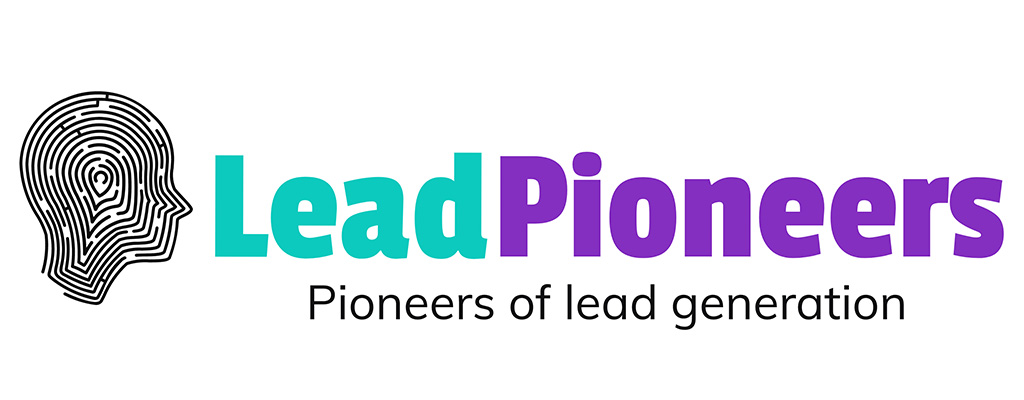Cold calls.
Yes or no?I have already talked about some mistakes that are made in the sale, and among others those made with cold calls.
Now the new mantra is called inbound marketing, and cold calling is the devil. But if the cold call is dead, why am I called by agencies that propose to make me have customers as if it were raining thanks to the purchase of their inbound marketing services? Explain to me, you tell me that only that works, and to tell me you give me a cold call?
And don’t tell me that a single LinkedIn message or a skimpy introductory email is your acquisition funnel (another new mantra).
Then maybe outbound calls aren’t dead at all. And, subject to some conditions, I believe they can still work; as long as you don’t plan on using them to sell something.
First of all, we define a customer target:
B2C: you shoot in the pile, hoping to snatch a direct sale. Redemption below 2%
B2B: soho market: as above
B2B SME market: difficult, but if treated well it has a return at least equal to inboud.
It can be deduced that a cold call has a greater potential for success in a higher and more specific market. And at this point you who read are already calling me crazy, but I will show you that it is not so.
First of all, as I write above, you don’t have to think about using cold calling to sell, but it must be included in a more structured marketing plan; we are also considering an articulated b2b commercial process, where customers are companies whose purchases also involve more people, with a decision-making process that varies between 30 and 90 days, and which follows the path lead> appointment> offer> contract.
What do I mean by a structured marketing process? I mean that you need cold calling for:
- Identify who within the company is the person with whom I have to interact (the contact decision maker or, if you prefer, buyer person)
- Get your contact details (phone and email)
- Obtain his authorization to receive information materials that explain why I contact him
- Activate contact follow-up mechanisms
Here, the cold call is not needed to snatch an appointment after 30 seconds of “conversation” , But to obtain essential information for the lead generation process. So you don’t need the reviled telemarketing to generate a lead in the first place, but to engage the prospect and start the phase in which the goal is to arouse interest, bring out latent needs and, as a consequence, prepare them for the commercial visit.
It remains to be defined whether telemarketing should be done directly by the commercial or by another person. Here there are two different schools of thought, I am of the idea of entrusting it to a different person in charge, who, however, will have to be trained in a specific way; a generalist certified with disc is not enough, where the person will only have to ask questions, but must also be prepared to give at least basic answers and above all know how to empathize and establish a relationship even with the various “filters” that he will have to overcome to get the information requested. Furthermore, training must not be limited to the management of objections, but must also concern the use of the voice (an aspect that too many neglect).
At this point we will also have to understand what the cost of the telephone contact is, in absolute terms and also with respect to an inbound marketing strategy; certainly the single lead will have higher costs than a generic telemarketing, but it has a higher redemption and – even more importantly – a much higher conversion rate.
I know a man dedicated to outbound calls for an agency who manages to set an average of 6/7 appointments a month, certainly not a lot, but all in companies between 50 and 200 employees and with a closing percentage (by senior agents) of 65%, for a decidedly interesting commission value; I assure you that its cost (not low) is amply repaid.
Of course, if I already have a highly profiled database of 1,000 customers, of which I know all the relevant data, I could favor other strategies. But due to the articulation that often characterizes a marketing strategy, I am convinced that we cannot ignore, also, the use of the telephone to be entrusted with part of the process.
In LeadPioneers we use the Phone, LinkedIn and e-mail to generate B2B sales leads and quality appointments with potential buyers. We help IT companies grow for less than the cost of one full-time employee.

